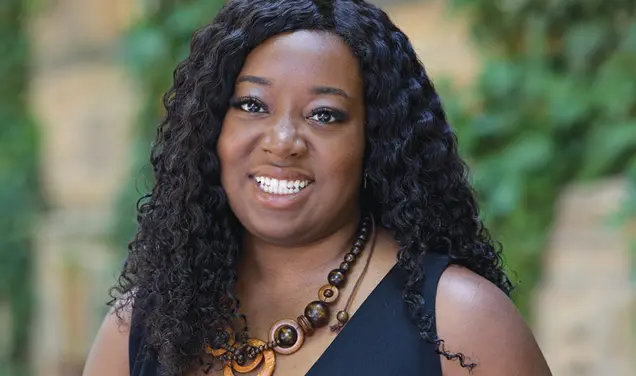Undergrads Support Ending Princo Investments in Weapons Manufacturers
These referendums are nonbinding and are strictly advisory to the University
The late-november Undergraduate Student Government (USG) elections wrapped up with victories for every referendum on the ballot, including one that called for Princeton to divest from weapons manufacturers.
The weapons referendum passed with the narrowest margin of the four but was still not particularly close. Divestment picked up 68% of the vote; 45.6% of undergraduate students cast votes on that particular measure.

These referendums are nonbinding and are strictly advisory to the University. Divestment from the endowment also has a separate process, although a referendum vote can be considered, as during the push for fossil fuel divestment. The weapons company divestment referendum is separate from the ongoing proposal by the Princeton Israeli Apartheid Divest (PIAD) coalition to divest from companies based in or associated with Israel, although the weapons-manufacturing divestment referendum was supported by multiple pro-Palestinian campus groups.
In a newsletter to the Center for Jewish Life’s mailing list, Rabbi Gil Steinlauf ’91 addressed the results. “Unlike past anti-Israel referenda, this one is less pointedly anti-Israel,” Steinlauf wrote. “Instead, it redirects students’ attention to a generalized opposition to the University’s connection to the military-industrial complex. By linking Israel to that complex, it manages to embed anti-Israelism firmly in a generally progressive sensibility and world-view.”
Gustavo Blanco-Quiroga ’25’s proposal calling for expanded rights for student workers, including by raising wages to $18 per hour, passed with 94% of the vote, making it the most popular ballot measure. The USG academic chair’s proposal to include 100- and 200-level language courses taken in addition to the A.B. language requirement in the P/D/F guidelines received support from 93% of voters, while 77% voted to ask the University to reverse its recent policy change that allows faculty members to accept project-specific funding from fossil fuel companies.
One referendum, which called for the University to notify students when their dormitories were to undergo fire inspection, did not make it onto the ballot. According to The Daily Princetonian, the sponsor chose not to move forward with the proposal.
The Prince reported that following the election, members of the USG will be assigned to write position papers on each referendum, which will be presented to the University in the spring semester.










1 Response
Susan Smith Bjerre ’74
9 Months AgoStudent Divestment Vote Is a Positive Step
I’m heartened that the referendum calling for Princo to divest its ownership in companies that manufacture weapons passed, winning 68% of the vote. The companies listed as targets, Boeing, Lockheed Martin, Northrop Grumman, RTX (formerly Raytheon), and General Dynamics, are all American companies, which is not surprising given that the U.S. accounts for 40% of the global weapons trade.
Yet Rabbi Steinlauf ’91 claims that the referendum links Israel to the military-industrial complex, thus embedding “anti-Israelism firmly in a generally progressive sensibility and world-view.” He is the one linking militarism to Israel, not the referendum and not “progressives.” Does he really think that anyone who does not want to profit from war and its destruction is therefore anti-Israel? He may be correct that many people with a “progressive sensibility” oppose current Israeli government policy, but that is not the same thing as being anti-Israel. It seems to me that Rabbi Steinlauf’s analysis is clouded by his defensiveness about Israel.